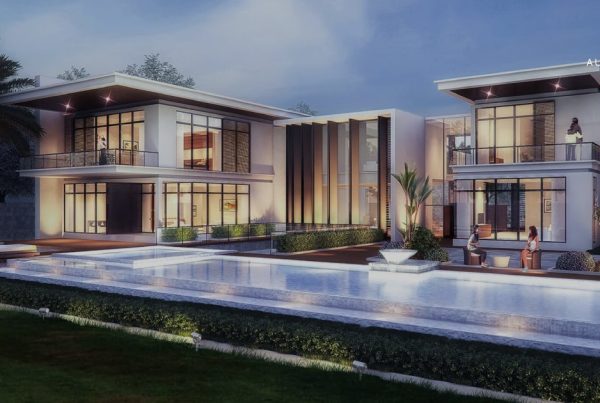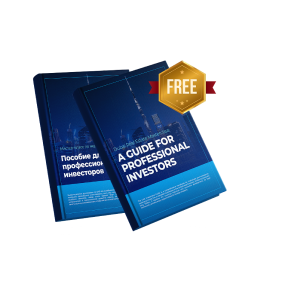S&P Predicts Strong Profitability for Dubai Developers Through 2027
Dubai, United Arab Emirates: Global credit rating agency S&P has forecasted that most rated developers in Dubai will continue to post robust profits over the next two years, sustained by price appreciation, resilient demand, and the city’s evolving real estate ecosystem. The agency’s latest report underscores Dubai’s stable property fundamentals, despite rising supply and potential global headwinds.
According to S&P, established developers are well positioned to absorb moderate fluctuations in market sentiment. Their strong balance sheets, diversified project portfolios, and liquidity buffers will help mitigate any short-term slowdowns in sales activity. “Well-established developers have sound financial positions that will mitigate a potential deterioration in sales and market sentiment,” the report stated.
Dubai’s Market Momentum Remains Strong
Dubai’s property sector continues to outperform expectations in 2025, driven by record-high price per square foot values and consistent buyer demand across both local and international segments. S&P anticipates continued strength in the residential segment through the end of 2025, with gradual price moderation expected over the following 12–24 months as the market approaches a natural equilibrium.
“We expect residential real estate demand and price growth to be on track to moderate over the next 12–24 months, as the market nears equilibrium,” the agency noted. Despite the moderation, profitability levels for most rated developers are expected to remain strong due to high margins built during the boom cycle of 2022–2024.
Risks and External Pressures
While the overall outlook remains positive, S&P highlighted several factors that could impact sentiment and profitability. These include an increase in new supply entering the market, regional geopolitical uncertainty, and a potential global economic slowdown that could temper foreign investment flows. Nevertheless, Dubai’s diversified investor base, global connectivity, and resilient tourism sector continue to underpin long-term demand stability.
The report also emphasized that market sustainability for private developers depends heavily on access to competitively priced land. Developers with established land banks are likely to retain a strategic advantage in cost control and long-term planning.
Government-Led Consolidation and Market Stability
A major factor shaping Dubai’s real estate structure has been the 2024 merger of Nakheel, Meydan, and Dubai Holding, entities jointly owned by the Government of Dubai. This consolidation created a single powerhouse that now owns a significant portion of the city’s prime land assets, positioning it as a key player in supporting and regulating market balance.
“We expect the company will play a key role in supporting Dubai’s real estate market,” S&P said, suggesting that coordinated development strategies from the merged entity could help align supply growth with long-term urban planning objectives under the Dubai Real Estate Strategy 2033.
Path Toward Sustainable Growth
As Dubai’s property cycle matures, analysts agree that the city is transitioning from an expansion phase to one of selective, sustainable growth. With continued government oversight, a focus on land optimization, and digital integration across the sector, Dubai’s real estate market is expected to maintain profitability and investor confidence well into 2027.
Developers and investors alike are turning attention toward emerging districts such as Dubai South, Business Bay, and Dubai Hills Estate — areas forecasted to lead the next phase of residential and mixed-use development. As the market stabilizes, Dubai’s focus on innovation, infrastructure, and investor protection continues to reinforce its global standing as one of the world’s most resilient real estate hubs.
Stay updated on Dubai’s evolving real estate landscape and developer performance at Aurantius Real Estate.











